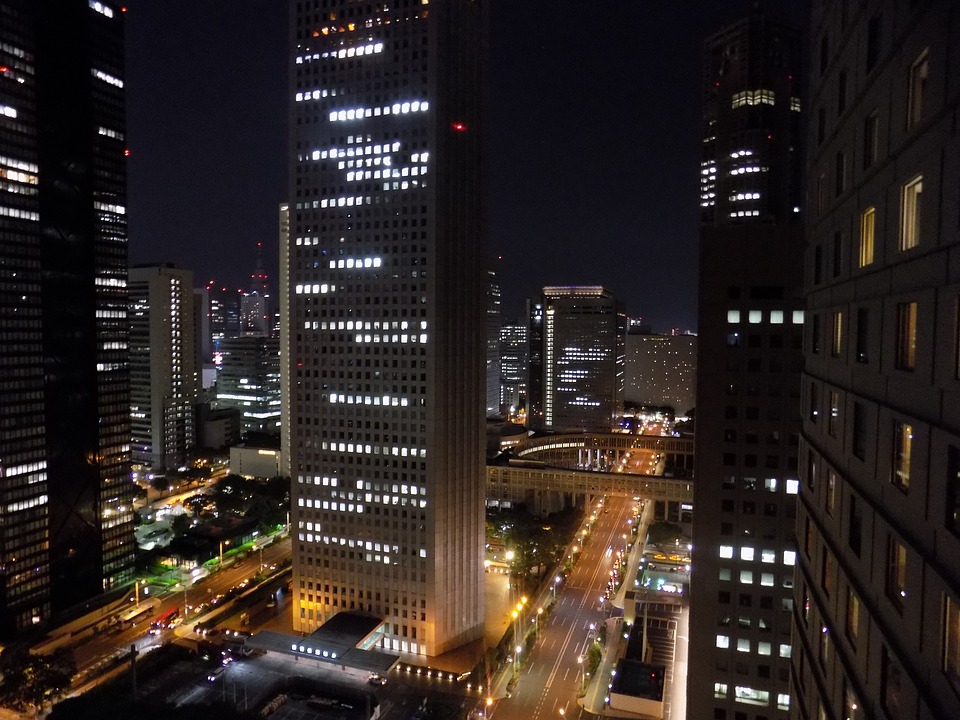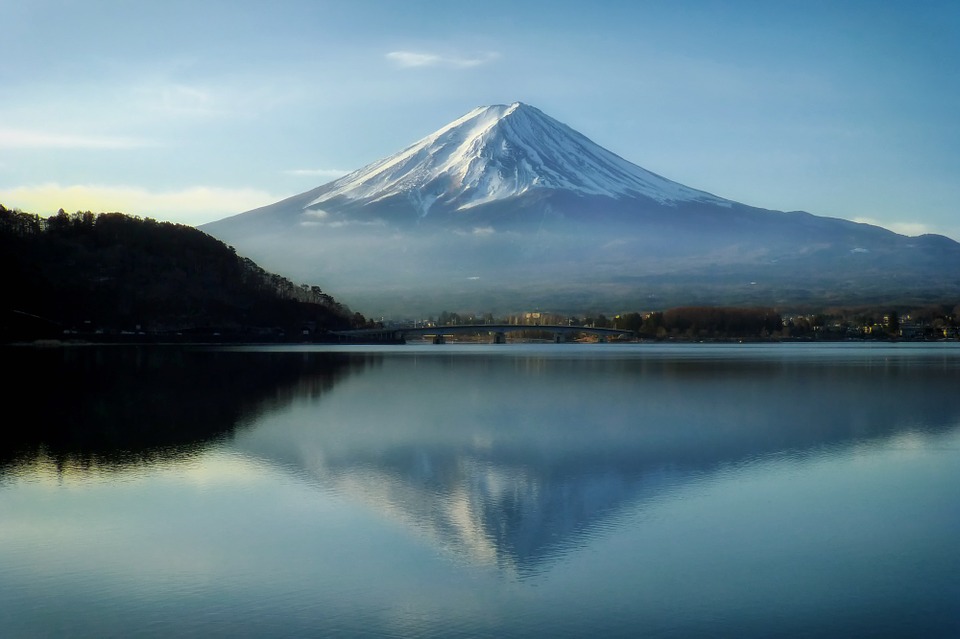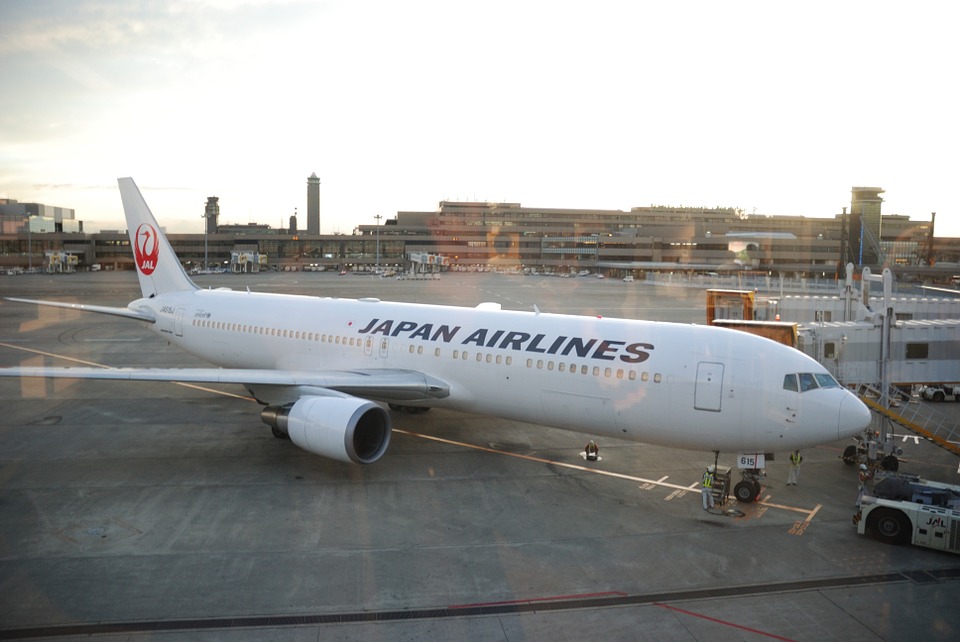Public transportation in Japan is renowned on an international level for being quick, efficient, and dependable. While those in other countries often struggle with systems whose vehicles don’t arrive on time or lack enough space to accommodate passengers, Tokyo has some of the best public transportation services you can find – be it by plane, train, subway, taxi, or even bus.

Transportation Around Shinjuku
Each area is different when it comes to choosing which system works best. In Shinjuku, riding the bus could possibly be more cost-effective and fast compared to taking other routes, or forms of transportation. Learn all about the inner workings of the Shinjuku bus terminals.
The Shinjuku Highway Bus Terminal vs. the Shinjuku Expressway Bus Terminal
What is the difference between the Shinjuku Highway Bus Terminal and the Shinjuku Expressway Bus Terminal? One of them used to exist, while the other still exists.
In 1971, the Shinjuku Highway Bus Terminal was opened. It is known to the Japanese as Shinjuku Kosoku-basu Taminaru, written in Japanese as “新宿高速バスターミナル”. Although it closed on April 4, 2016, to give way to the new terminal, Shinjuku Expressway Bus Terminal, you can still see the old bus terminal if you head to the Meiji Yasuda Life Insurance Company, particularly the MY Shinjuku No. 2 Building’s ground floor. This building is situated very close to the Todobashi Camera Shinjuku West shop, outside the Shinjuku station’s west exit.
The Shinjuku Highway Bus Terminal used to serve the public bus corporation called “Keio Bus”, but served many other bus companies as well. Inside the terminal, you can purchase a ticket to ride whichever bus available.
More About The Shinjuku Expressway Bus Terminal
As for the Shinjuku Expressway Bus Terminal (called the Basuta Shinjuku), it currently serves as the latest hub for buses for mass transit in the Greater Tokyo Area, along with Willer Express, and Tokyo City Air Terminal (& Bus). Its address is 5-24-55 Sendagaya, Shibuya 151-0051, Tokyo Prefecture. Simply exit the New South Gate of the JR Shinjuku station, alongside the Miraina Tower Gate and Koshu-kaido Gate.
Different Floors
The building has a total of 4 floors, equipped with both elevators and escalators. This means you don’t have to be afraid of bringing heavy suitcases or luggage, as the building is very accommodating of this.
- The 1st-floor deals with buses that come from Narita Airport. This service is called the Narita Express. In case you are flying in from another country, arriving at Narita airport, and need to head to another Prefecture of Japan hassle-free, this makes it much more convenient than figuring out the subway system straight away.
- The 2nd floor is where the JR Shinjuku Station’s New South Gate, Miraina Tower Gate, and Koshu-kaido Gate are. Other than those gates, you can stop by this floor if you want a bite to eat, or have a seat to rest.
- On the 3rd floor is where buses arrive, and where taxis come to drop people off. It’s not solely exclusive for buses, but taxis as well, so you can hail a taxi from here to be dropped off at your hotel, or anywhere.
- The 4th floor is where most of the amenities are at. Here, you can avail of bus tickets, secure your things in a coin locker, read up on the different bus departures, or ask questions/resolve issues in the service center.
There are 4 bus platforms overall, and they are lettered as A, B, C, and D. There are routes that link you to areas literally all over Japan, so you’re not limited to Honshu island. These buses can take you all the way up north in the region of Tohoku, reaching down south to Kyushu region.

How and Where to Purchase Tickets for the Shinjuku Expressway Bus Terminal
You can choose to purchase your tickets in the terminal itself, from either the manned office or the automatic ticket machine. To reserve a seat beforehand (you can reserve up to a month before), simply go to one of the four major websites for selling bus tickets. No worries, there are English translations of them.
Some bus routes are seasonal, and you cannot make telephone reservations.
The websites are highwaybus.com, kousokubus.net, limousinebus.co.jp, and hassha orai net. Once on the site, you may check for the seat’s availability by logging in where you’ll be coming from and where you plan to travel to, and the date you will be doing so. It will offer you route selections, and then show you which bus stop may opt to take. From there, fill in the forms with the necessary information, and acquire your reservation.
Examples of How to Navigate Through the Shinjuku Expressway Bus Terminal
Here are a few examples that you may use yourself to book a ticket for a bus trip towards your destination.
Get to Mount Fuji or Kawaguchiko From Shinjuku Via the Shinjuku Expressway Bus Terminal
First, find out which Prefecture is your destination. Searching by clicking “route search” on the bus terminal’s website (Shinjuku-busterminal.co.jp.) then, select the right area. If you are headed to Mount Fuji, which is in the Yamanashi Prefecture, it is categorized in Koshinetsu/Ko-Shin-Etsu as its region. Click the recommended bus companies to take you to your destination.
In this case, try clicking “Keio Bus Higashi”. You will be lead to a site with Japanese words. Select the English version of the site; it’s usually a button that says “English”, sometimes categorized under “Reservation in foreign language.”. There, you can retype your route search; departing from Tokyo and arriving at Yamanashi. You will be given different lines/routes to choose from. You can head to the station that drops you off at Fuji-Q Highland, but if you want to go directly to the mountain, select the option that has “The 5th Uphill of Mt. Fuji Line” or “Mt. Fuji 5th Station”. It will tell you the base fare of one way.

Indicate again which bus stop you’ll be departing from, which is Shinjuku Expressway Bus Terminal, arriving at Fujisan Station. Indicate the date, the number of passengers (indicate if each passenger is a child or adult), and then let the website show you the seats available, the time of departure and arrival, and which bus number you’ll be taking. From then on, choose one, and make a reservation by filling in your personal details (first and last name and telephone number) and consent to their terms of service.
The same steps apply to reserving a bus ticket for Kawaguchiko, as it is in the same prefecture as Mt. Fuji.
Haneda/Narita Airport from Shinjuku Via the Shinjuku Expressway Bus Terminal
Haneda is in Tokyo, so select “Tokyo” on the route search of the bus terminal’s main website. It will lead you to take the Airport Limousine Bus website, where you set the language in the upper right-hand corner to English. Under “take me to the airport”, in “from”, input your destination (Shinjuku) and alighting point (Shinjuku Expressway Bus Terminal), and for “to”, select “Haneda Airport”.
You will be given timetables of different bus schedules (these are reliable to the exact minute), depending on which terminal of the airport you want to head to. You may print this out and show this at the manned ticket office at the bus terminal itself, as reserving online is currently only available in Japanese.

To get to Narita airport, simply do the same steps, except choosing options that apply to Narita, as the Airport Limousine Bus website serves both airports.
Where to Find a Copy of the Bus Terminal Map of Shinjuku
You can find a map of the Shinjuku expressway bus terminal on the site of the bus terminal itself; Shinjuku-busterminal.co.jp. Once you’re on the website, click “floor map”.
Contact Details of the Shinjuku Expressway Bus Terminal
Because most of the information is available online, it is easy for your questions to be answered by a simple search on your web browser. If you are a tourist and have questions, you may call the Tokyo Tourist Information Center which is found on the 3rd floor of the Shinjuku Expressway Bus Terminal at 03-6274-8192.
Additional Facilities: Use A Coin Locker at the Bus Terminal To Hold Your Things
If you want a safe place to keep your belongings for a while, you can deposit your things in coin lockers found in the waiting room. Here, if you have a small item, bag, or package, you can store it for 2 hours for the price of 100 JPY. Medium-sized objects will cost you 200 JPY for the same time rate, while large objects will set you back 300 JPY.
The most amount of time you can leave your things in these lockers are 72 hours. So far, there are 50 small lockers, 46 medium lockers, and 46 large lockers, so you have to be quick about grabbing one if you want one. The coin locker service opens 30 min before the terminal’s first departure and closes when it makes its last departure.
Opening Hours of the Shinjuku Expressway Bus Terminal
There is no information about what time the Shinjuku Expressway Bus Terminal opens and closes, as it is a hub that constantly takes in passengers during all times of the day, and may have changing times when It comes to its first and last departures. Its facilities and amenities do have their own opening and closing hours, however.
The information counter (which supports customers who speak both English and Japanese) can take your concerns from 7 AM to 11 PM.
In the manned ticket office, you may purchase your tickets from highwaybus.com from 5:50 AM until 11:45 PM. Kousokubus.net is open from 6:20 until 12 AM, Hasshai Orai Net is open from 5:50 AM until 11:45 PM, and the Airport Limousine’s first departure is at 11 PM. You may use credit cards when making your transaction.
As for the automatic ticket machine, Highwaybus.com opens at 5 AM until 12:55 AM, same with Kousokubus.net and Hassha Orai Net. The airport limousine’s first departure is at 11:30 PM. Credit cards are still accepted.
Reviews of the Shinjuku Expressway Bus Terminal
People who chose to travel through this terminal have expressed their thoughts about it, and the Shinjuku Expressway Bus Terminal has gathered decent reviews. Out of the 163 reviews on TripAdvisor, it was rated 3.5 out of 5 stars. Many have commented that finding the ticket sales counter was easy and that the halls were air-conditioned and comfortable to wait in.
Reviewers praised the terminal for being easy to use with the abundance of signs, schedules, and fair prices, though it is advised that you purchase your tickets ahead of time, because they may run out if you plan to purchase them on the spot. It is recommended for those who don’t want the hassle of switching trains and want to feel more comfortable traveling directly to their destination with little to no stops.
